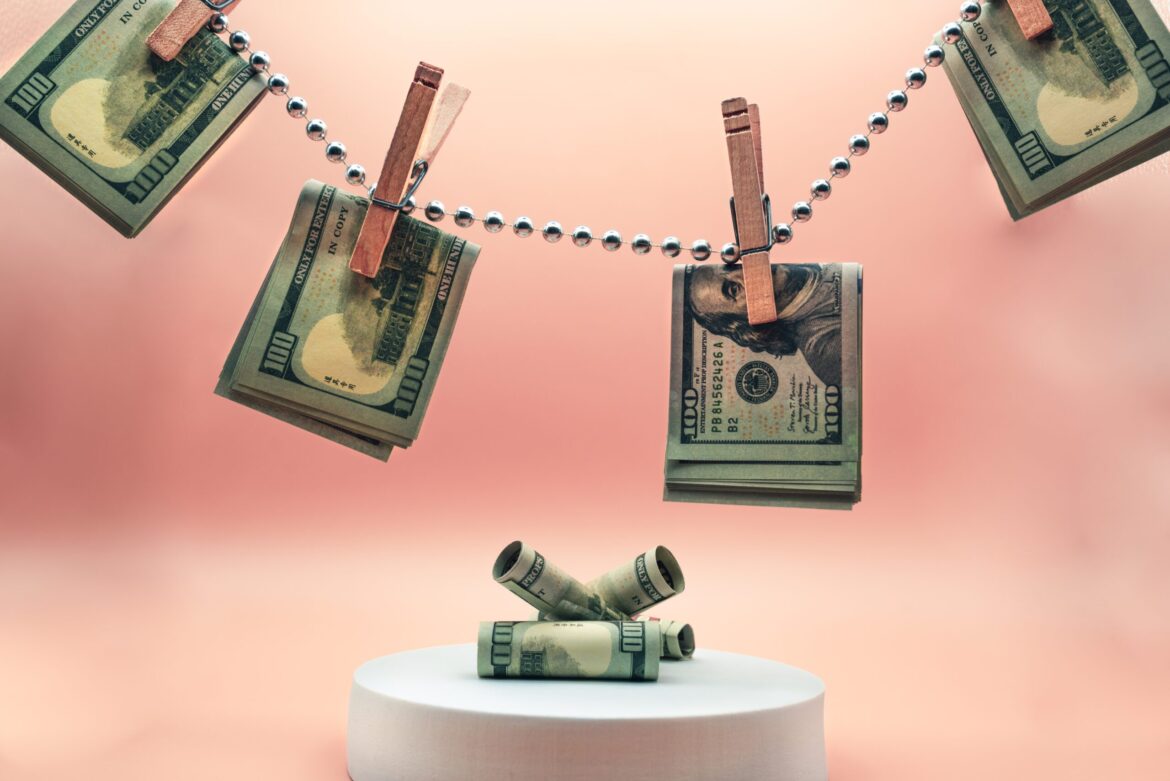The Federal Reserve’s June 2025 policy update—keeping interest rates steady while projecting two cuts later in the year—marks more than just a technical move in monetary policy. It signals a profound reaffirmation of economic stewardship rooted in discipline, independence, and a commitment to evidence over expedience. While some, including former President Donald Trump, had pushed for swift and aggressive rate reductions amid persistent global uncertainties, the Fed instead took a path less politically convenient but arguably more economically sound.
At the core of the Fed’s decision is a shift away from reactionary policymaking. By maintaining the benchmark federal funds rate at 4.25%–4.50%, despite political clamor and international turbulence, the central bank demonstrated that it remains focused on its dual mandate: promoting maximum employment and ensuring price stability. It’s a balancing act that requires not just skill, but resolve.
Why does this matter? First, the decision underscores the Fed’s evolving emphasis on prudence. After the inflation surges of the early 2020s—largely driven by supply chain shocks, energy volatility, and pandemic-era stimulus—many observers feared a return to overly aggressive monetary easing once inflation began cooling. Yet the June meeting revealed no such rush. Instead, policymakers signaled a strategy of “gradual normalization”—a deliberate effort to reduce rates only if inflation continues to trend downward and labor markets remain robust.
Second, the Fed’s restraint reflects the strength of the U.S. economy. As Chair Jerome Powell noted, inflation is expected to recede to around 3% by year-end, with gradual progress toward the long-term 2% target. Meanwhile, employment data remains encouraging: job creation continues at a stable pace, and the unemployment rate holds near historical lows. This combination of moderating inflation and persistent labor resilience supports a less urgent need for stimulus, giving the Fed room to maneuver with care.
Most importantly, this approach fortifies the institution’s credibility. Monetary policy is most effective when it is predictable and trusted. When central banks bow to political pressure or market whims, they erode that trust—and investors, businesses, and consumers pay the price. By staying the course in the face of external lobbying, the Fed is reinforcing its role as an independent arbiter of economic stability, not a political tool.
This credibility has tangible benefits. Markets can better anticipate future moves, reducing volatility. Long-term borrowing costs remain anchored, supporting investment. And the U.S. dollar retains its strength as a global reserve currency—an essential buffer in uncertain times.
To be clear, the Fed’s approach is not without risk. If inflation proves more stubborn than anticipated, delayed action could necessitate sharper corrections down the line. Conversely, if the global economy contracts more quickly than forecasted—particularly given unrest in energy-producing regions or worsening trade disputes—too much restraint could stifle recovery.
Yet on balance, the Fed’s posture appears well-calibrated. It recognizes the complexity of today’s economic landscape without oversimplifying its response. It shows confidence in the tools at its disposal, but humility about their limitations. And perhaps most crucially, it demonstrates that sound economic governance doesn’t require drama—it requires discipline.
In a year filled with political spectacle and economic crosswinds, that discipline may well be the Fed’s most powerful asset. For consumers facing high borrowing costs, for businesses navigating strategic uncertainty, and for investors seeking long-term clarity, the central bank’s steady hand offers a rare and welcome constant.
The silver lining? A Fed that holds the line not out of obstinance, but out of thoughtful responsibility. That commitment to data-driven policy may not generate headlines as flashy as rate cuts or political showdowns—but it’s precisely what the U.S. economy needs to sustain real, lasting growth.

